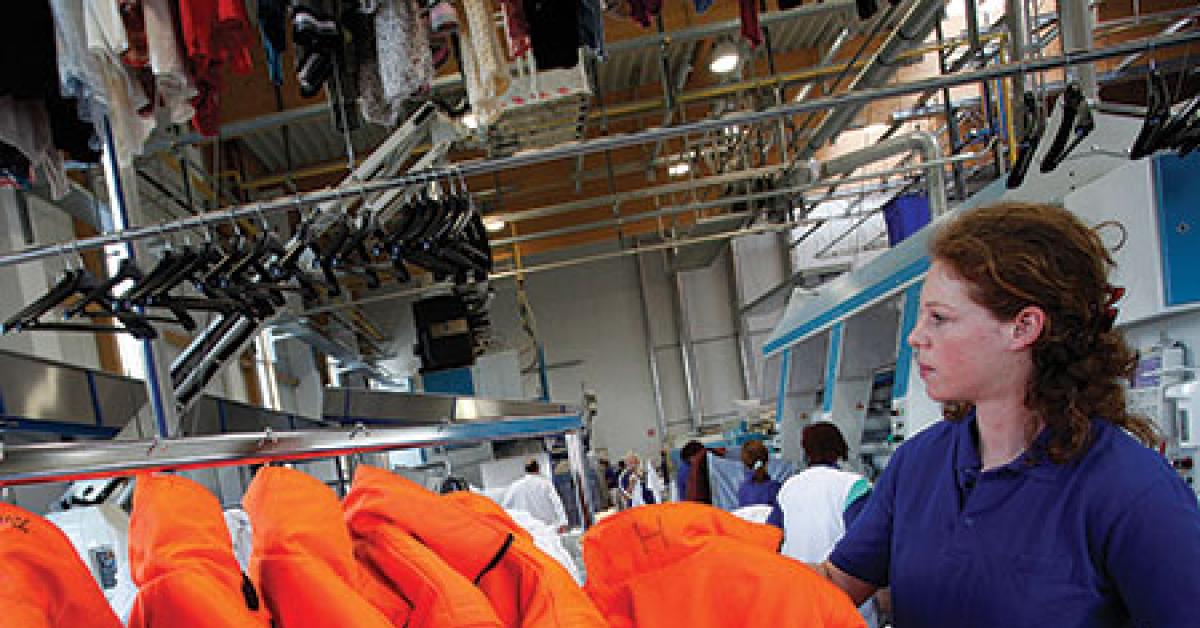BONNIGHEIM, Germany — A new research project at the Hohenstein Group aims to develop product- and application-specific reference cleaning processes for high-visibility clothing.
Employees in many industries are protected from possible hazards by wearing high-visibility clothing during their activities, the Group points out.
One example, it notes, “Are people working on roads or railway tracks. However, during the work, the high-visibility clothing can become contaminated by, for example bitumen, tar or buffer grease.”
This contamination reduces the warning effect of the high-visibility clothing. This fact may represent a significant safety risk for the employee wearing such clothing.
In order to ensure that high-visibility clothing maintains its protective function throughout its service life, cleaning methods are required specifically designed to particular products and applications. “In particular, contaminations have to be removed, while the textiles are treated as gently as possible,” it writes.
Currently, no reference processes are available and each textile services provider has to separately determine suitable cleaning conditions, the Group indicates.
“Reference cleaning processes for high-visibility clothing might provide guidelines to adapt practical procedures at individual companies,” Hohenstein says.
Developing validated cleaning procedures of laundries and textile leasing companies may base on the use of this reference process.
“One key point,” the Group points to, “Is to improve the dissolving, emulsification or suspension of oily or greasy contaminations during the washing procedure, because they particularly reduce the service life of high-visibility clothing.”
Due to their increased capability of solving persistent contaminations at low temperatures, it adds, micro-emulsions and soil release polymers were selected as two approaches in developing novel reference cleaning processes.
Necessary data will be recorded by the Group and entered into an evaluation matrix (including retroreflection, weatherproof properties and water and energy consumption) to enable an easy transfer from laboratory to industrial scale.
“Eventually, textile service companies can use the results as a basis to optimize their own methods,” the Group suggests.
Have a question or comment? E-mail our editor Dave Davis at [email protected].

